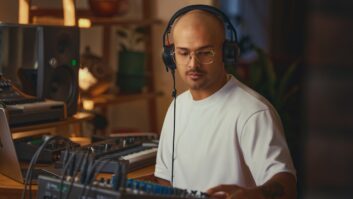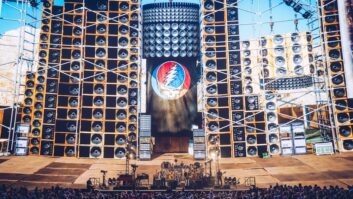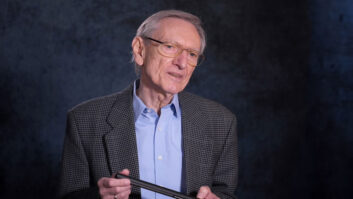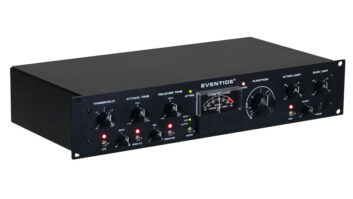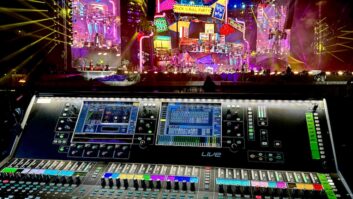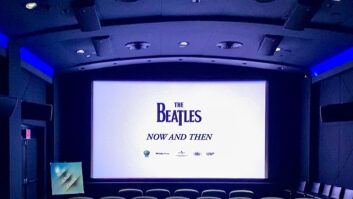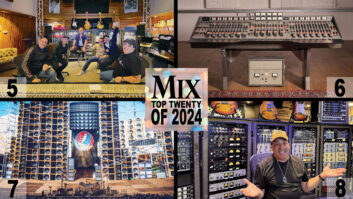Malaco Studios has survived industry upheaval, streaming and plenty of pop-music trends to thrive as an independent soul, blues and R&B mecca after 50 years.
But the home of hits like “Mr. Big Stuff,” “Groove Me” and “Ring My Bell” almost didn’t survive after a tornado blew away much of its Jackson, Miss., headquarters.
Chief engineer Kent Bruce was in the facility on April 15, 2011, and had just heard reports of a tornado nearby when he decided to check out the radar. Before he could pull it up, though, his ears began to pop as the pressure dropped. He and a dozen other staffers raced into an interior room just as the suction slammed the door shut and the roof started to cave in. Minutes later, what was left of Malaco lay in soggy heaps of debris.
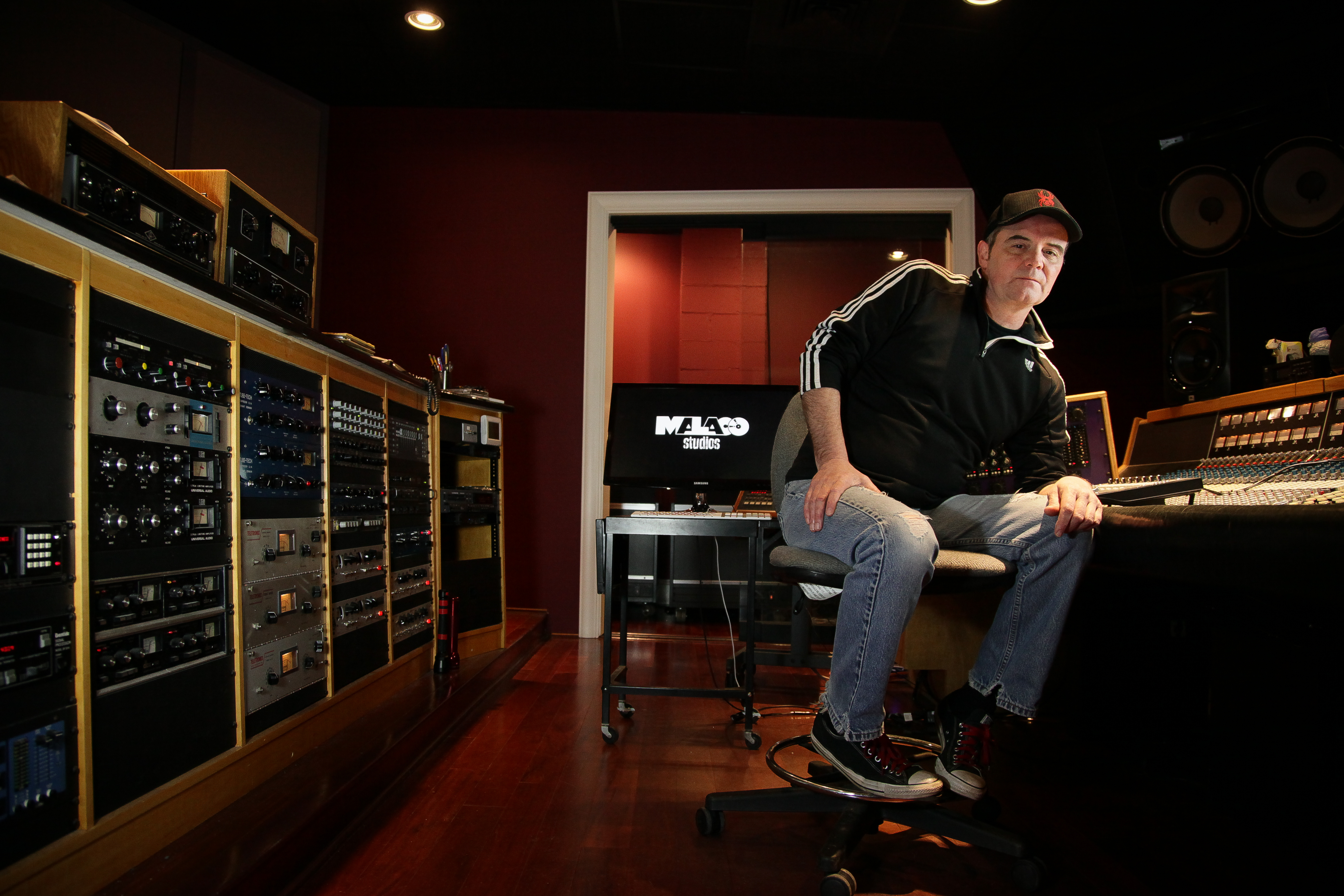
“There was a side door on the vault that went out to the parking lot,” Bruce says. “Slowly, everyone started walking out, and we were all just looking around at each other. Then it started sinking in that everyone’s okay. This is a mess, but it’s time to start cleaning up.”
As staff chased paperwork from filing cabinets around the parking lot in the rain, Bruce pulled visqueen over the API Legacy console and other prized gear as water poured in from holes in the roof.
“The tornado picked the roof off the building, turned it and dropped it back down on the walls,” Bruce explains. “It wasn’t gone, but there were these gaps where water’s coming in.”
In an instant, the future of historic Malaco Studios, where Paul Simon, Lucinda Williams, Little Milton, Bobby Rush and so many others had recorded, became a question mark. The Malaco record label and distribution arm could continue without much of a hitch. But in an era when classic studios were being torn down or repurposed coast to coast, Malaco founders Wolf Stephenson and Tommy Couch had to decide if rebuilding the studio made sense.
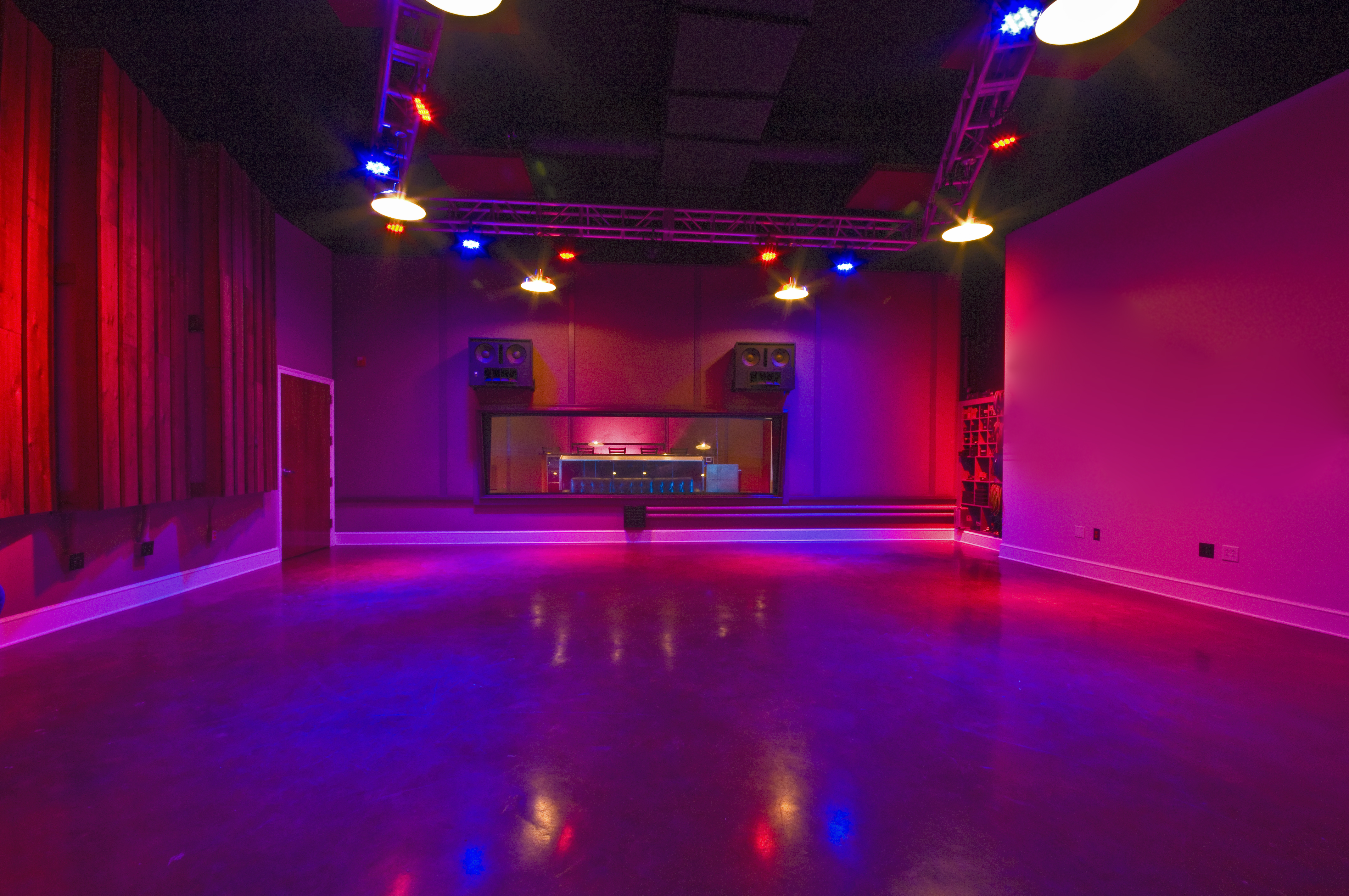
“We came to the decision that if we were going to rebuild here, we would make it a commercial studio again,” says Bruce, who came to Malaco in the mid-1990s after stints at Bad Animals in Seattle and Muscle Shoals Sound in Alabama.
Bruce and Stephenson began brainstorming ways to improve on the studio’s layout, which had grown into a hodgepodge with rooms tacked onto it over the years. They hired Nashville-based designer Steven Durr to bring their ideas to life, starting with a new office building for the label, allowing them to keep the recording facility separate and create a comfortable environment for artists.
Above: A playlist of YouTube videos from Malaco Studios (malacomg)
Durr gave the studio a slightly larger footprint, flipping the control room to the south side of the complex and enlarging the main tracking room and three isolation rooms. The ceilings are also higher, with 17 feet of clearance in the main room and a 70-foot connecting hallway with concrete floors for natural reverb. The hallway—along with nearly every ancillary space in the new studio—is wired back to the console, just in case.
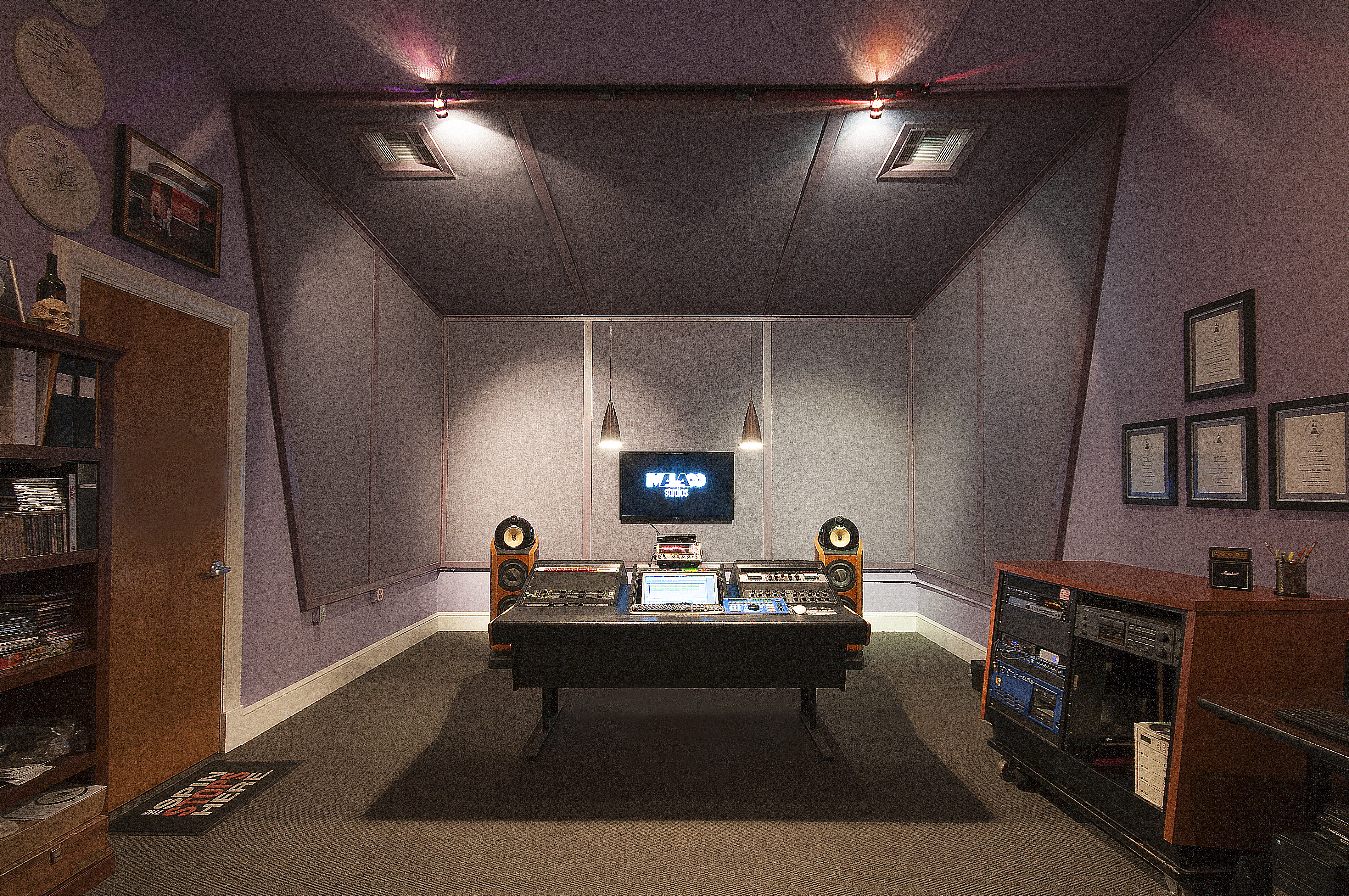
But the real star of the Malaco show is an immense collection of analog gear that can be heard on recordings dating back five decades. Luckily, the tornado spared the collection of vintage microphones and compressors from ruin. Bruce pulls out a carefully stored RCA 77-DX ribbon mic that still looks new, and then a succession of Neumann U87s, an original tube Neumann U47 and a pair of Neumann U67s with consecutive serial numbers.
Related: Classic Tracks: King Floyd’s “Groove Me,” by Blair Jackson, Mix, Nov. 2, 2002
“These guys have been in business so long that the collection of gear is pretty substantial,” says Bruce. “The ribbon I break out for vocals sometimes. I like it on acoustic guitar and electric guitar on a Fender amp. I’ve got all the typical AKG stuff, Sennheiser stuff and tons of Shure stuff also.”
Vintage King’s Rich Hunt came down to help salvage the gear after the storm. With his help, Malaco was able to dry the equipment and fully align and recommission the studio’s 32-channel 1995 API Legacy console.
“We got it all back together and it was great,” Hunt says. “It didn’t really get any physical damage at all. The API has that warm sound that really lends itself to rock, R&B and blues music.”
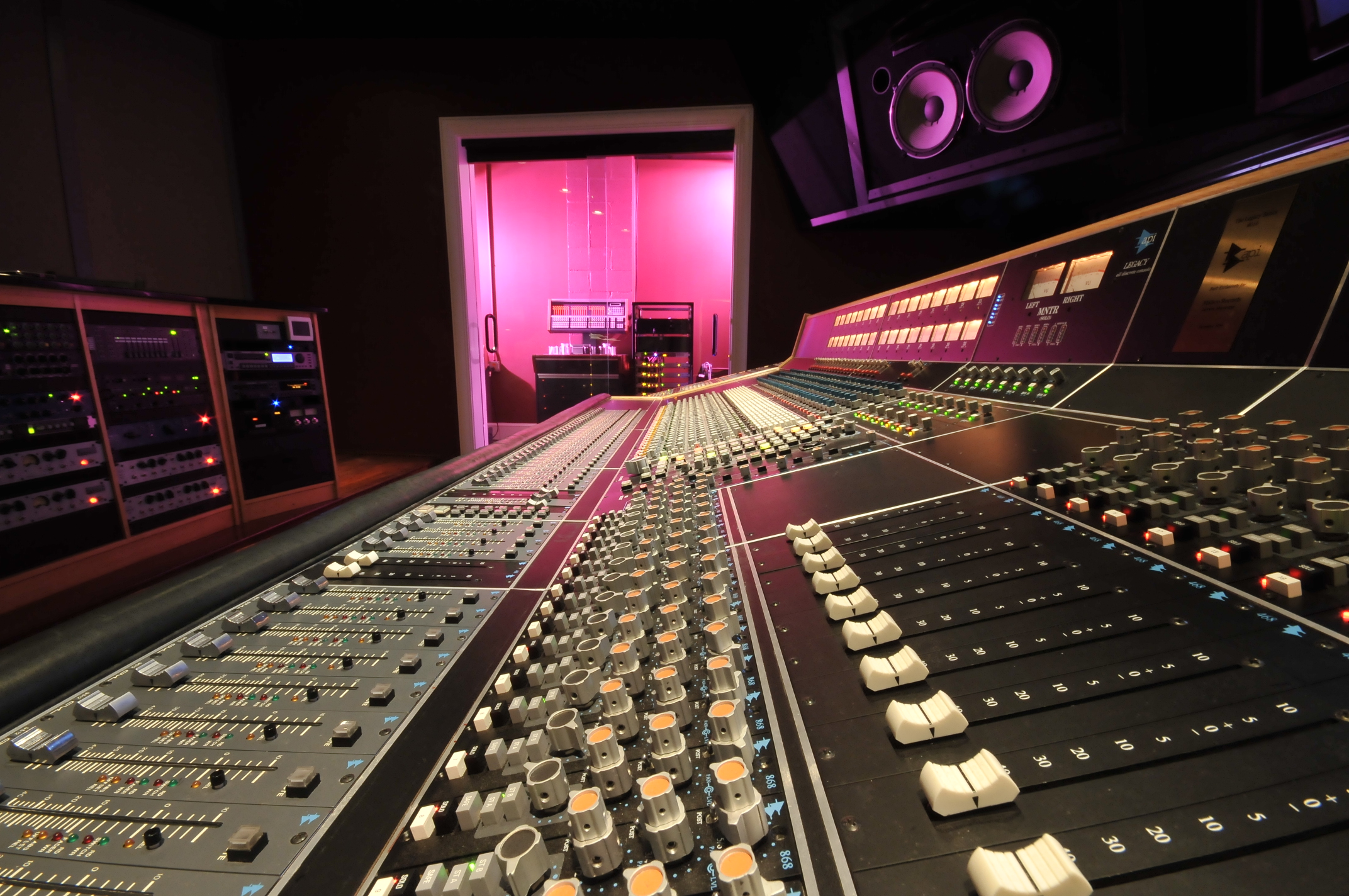
Behind the console stretches a bank of outboard gear including vintage Universal Audio 175, 176 and 177 tube preamps and compressors, which Bruce prefers for bass and vocals, alongside Teletronix LA-2As and UA 1176 limiters. Pairs of Tube-Tech CL-1A, dbx 160 and Peavey VC/L-2 pieces share the space with additional processing gear.
A side room houses Malaco’s tape machines, from a pair of Studer A820s and a Studer A807 to various models for recording to 2-inch 24-track, 2-inch 16-track, 1-inch 8-track, 1-inch 2-track, quarter-inch stereo and half-inch 4-track.
“I’ve got pretty much any flavor analog you want to cut,” says Bruce. “I’d love to go to tape all the time, [but] a lot of time we’re going straight into Pro Tools.”
Behind the desk in Malaco’s main lobby is a towering, close-up portrait of Mississippi Fred McDowell, the hypnotic hill-country bluesman the label introduced to the world in the late ’60s. Lining the hallways, acknowledgments from the RIAA and the Recording Academy for cuts such as Dorothy Moore’s “Misty Blue” and “Down Home” by Z.Z. Hill, one of the biggest blues albums of all time, show the label’s rich history.
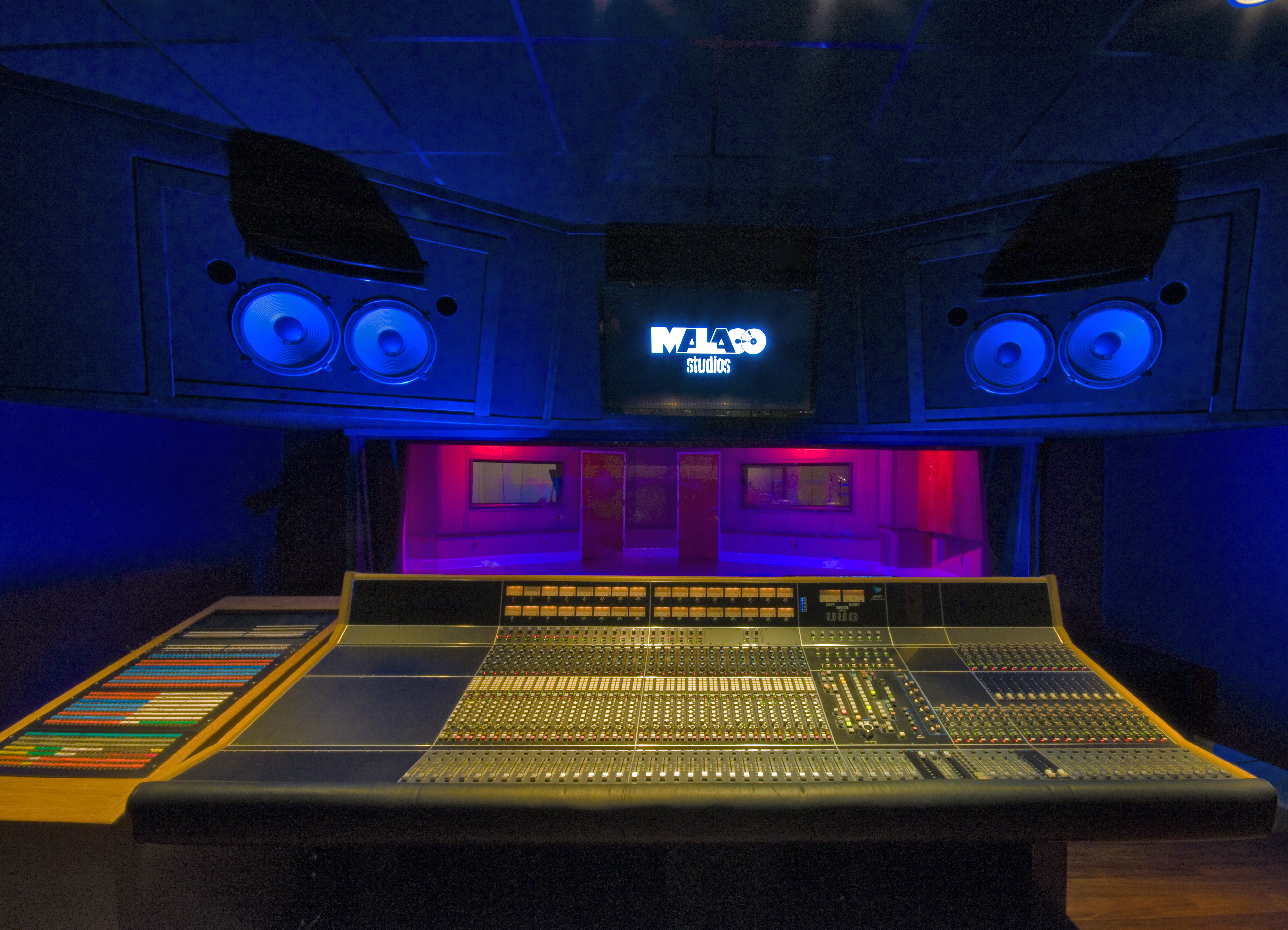
While Malaco made its mark with R&B, today Malaco is a full-service commercial analog and digital studio with recording and mastering based on a SADiE system. The studio’s current clients are mostly Malaco Records-affiliated blues, country and rock artists, independent artists and ADR work from the growing film industry in the region.
Related: Electric Lady Studios, by David Weiss, Mix, Oct. 1, 2013
The studio’s collection of gold and platinum records connects the past with the present. Classic albums from the Blues Brothers and Paul Simon hang next to more recent hits from Kanye West, TLC and Whitney Houston, testament to an appreciation for Malaco’s signature sonics.
While the original space may be gone, what survived the tornado is far more valuable. Inside the little room that saved Bruce and the other staffers from the storm, stacked on shelves along the wall, were the studio’s valuable master tapes. Licensing and sampling have become a big part of the Malaco story in recent years, and it keeps interest in the studio high.
Bruce credits the studio’s dogged persistence for its success.
“Even when times are hard, you’re still working, making records. That, and I think they have made some really good records out of here over the years, just big hits. When you start doing that, making cool stuff, people want to get that sound.”
Malaco Studios: www.malacostudios.com
